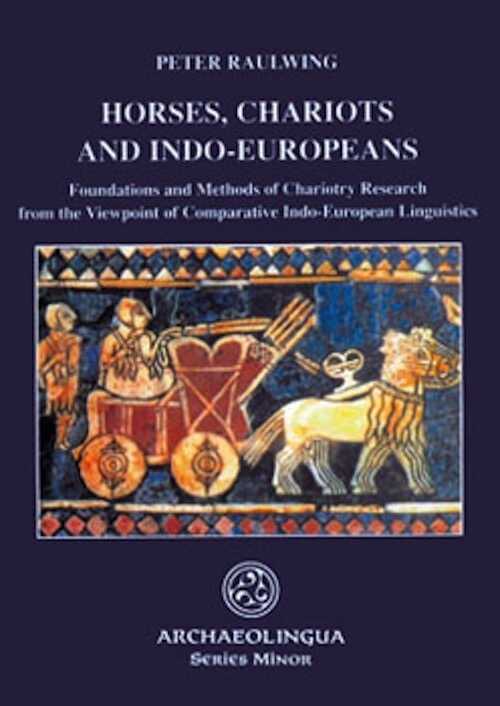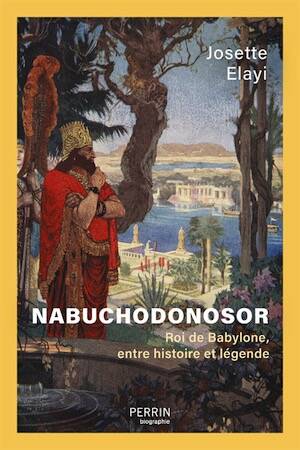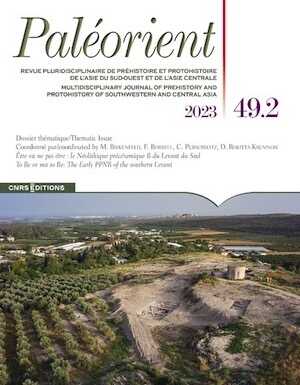- Search
- Advanced search

Horses, Chariots and Indo-European. Foundations and Methods of Chariotry Research from the Viewpoint of Comparative Indo-European Linguistics, 2000, 210 p. -
Horses, Chariots and Indo-Europeans have attracted several generations of scholars of various academic disciplines. Analyzing descriptions of horses, chariots, warfare and chariot-racing in the Rigveda, the classical, Celtic and other Indo-European sources documented from the second millennium BC onwards, scholars have even assumed a close relationship between Proto-Indo-Europeans, the horse and the chariot. According to this view the Hittites, Indo-Aryans and Greeks used their chariots for invading the Near East, Greece and other parts of the ancient world; some scholars are convinced that the chariot was the most important weapon of the Indo-European invaders. The present study attempts to examine the current state of Indo-European Linguistics regarding the problem of the origin, definition, the technological development and the function of the chariot. This includes an application of elaborated methodological principles on the hypothesis of a Proto-Indo European chariot and an analysis of the archaeological remains. In a special chapter (“Further Reading”) studies on Horses, Chariots and Indo-Europeans are structured by topics; those relevant for the outlined purpose have been commented. The bibliography contains the most important interdisciplinary studies relating to Indo- European Linguistics and Ancient Near Eastern chariotry research. The result of the present study is that the hypothesis of a Proto-Indo-European chariot cannot be sustained by means of comparative linguistics. This outcome corresponds to the interpretation of the archaeological data: the light, horse-drawn, spoked wheeled war chariot is an exclusive development of the Ancient Near Eastern city states in the second millennium BC. Only there we do find the textual and archaeological evidence for the logistical, economical and sociological background. In this light, the contribution of Indo- Europeans to the development and spread of the chariot must be discussed anew.
Référence : 38237.
English
68,00 €
In the same Epoch
New

22,00 €



